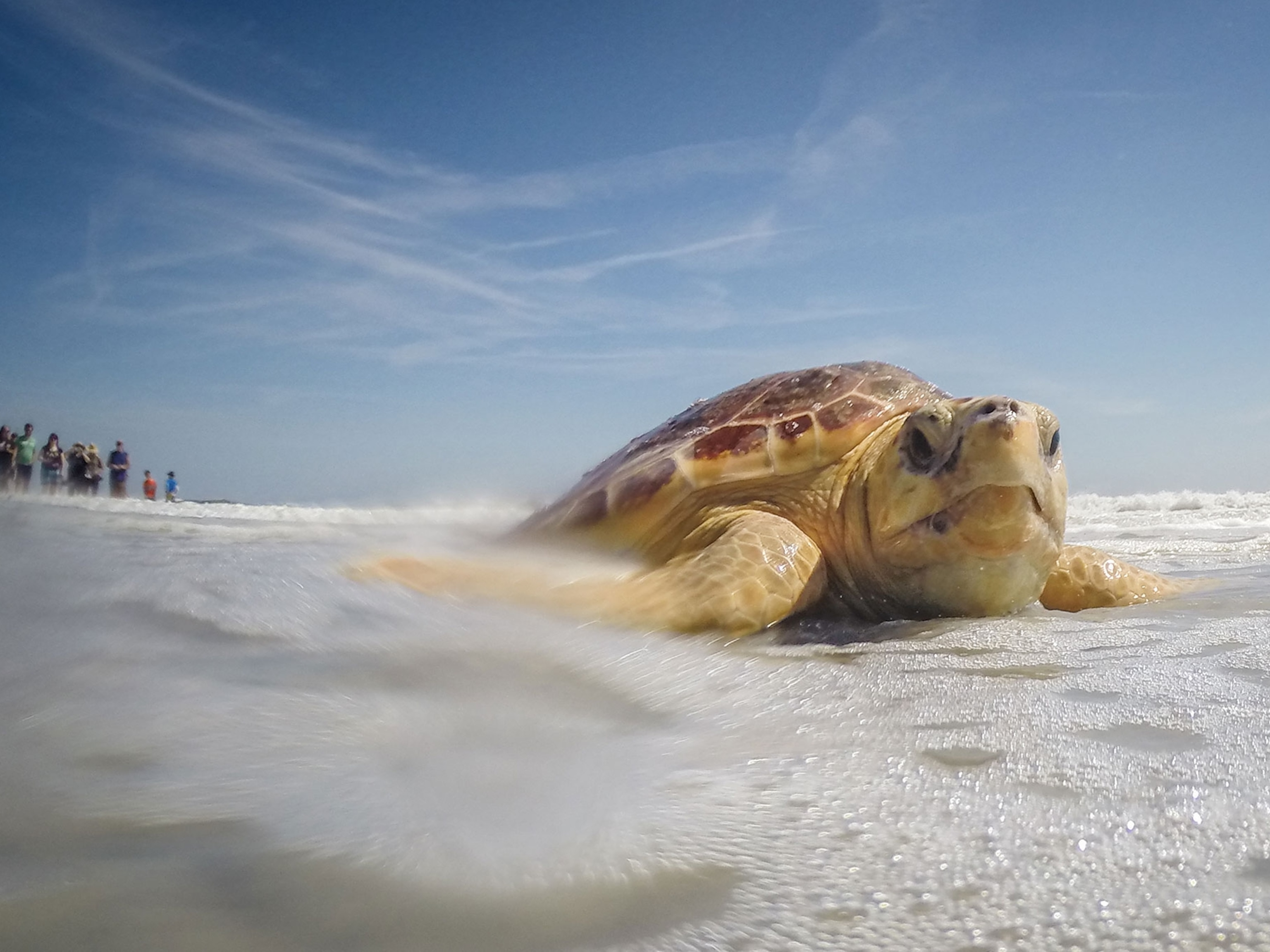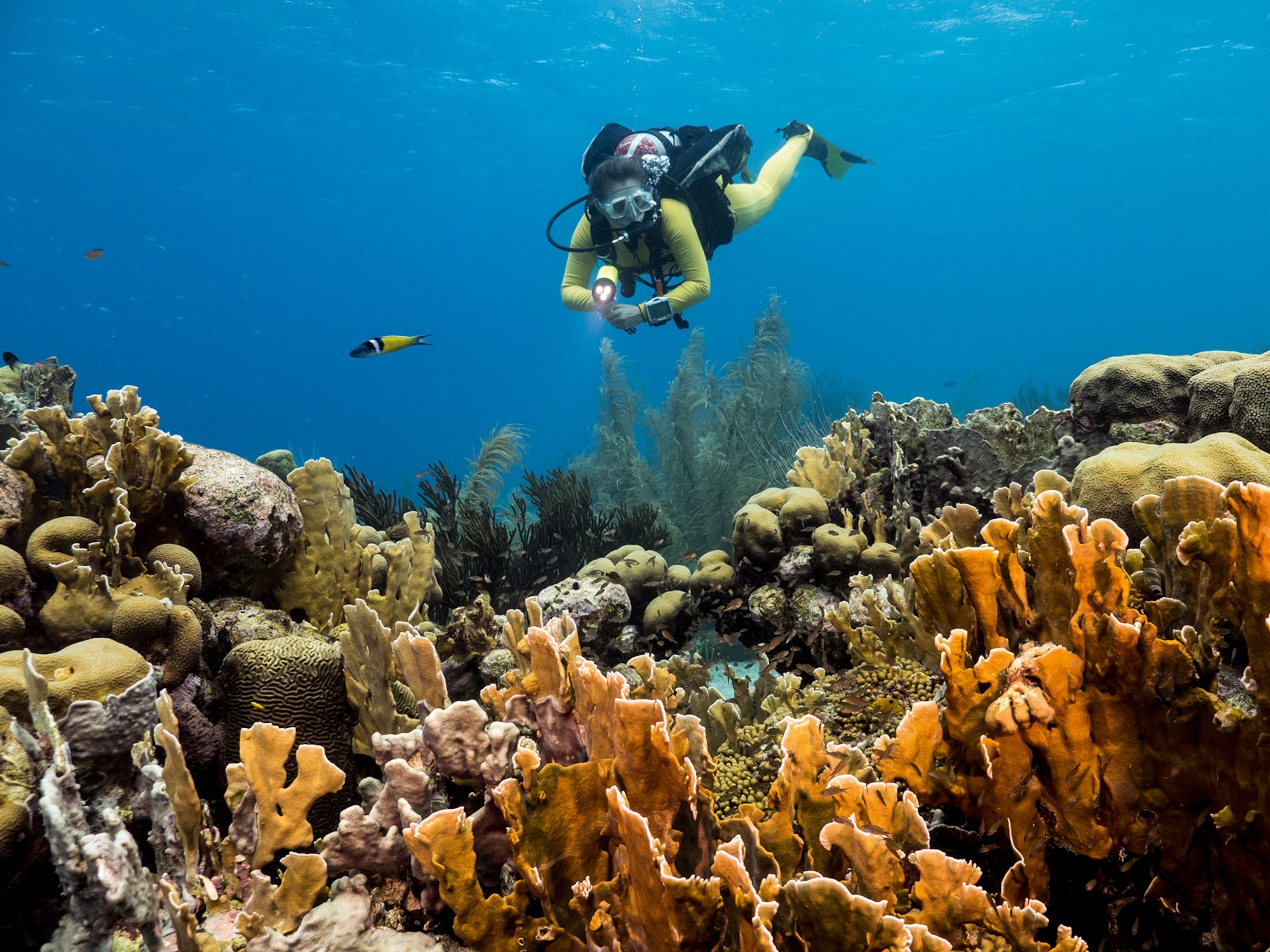Sea Turtles Match Breathing to Dive Depths?
A new study shows that leatherback turtle buoyancy is likely determined by the amount of air they inhale above the surface before they dive. Video.
A new study shows that leatherback turtle buoyancy is likely determined by the amount of air they inhale above the surface before they dive. Many animals exhale before they dive, but the leatherback descends with a lungful of air.
© 2010 National Geographic
RELATED
· Crittercam Video: Underwater Turtle Mating
· Journal of Experimental Biology
UNEDITED TRANSCRIPT
Researchers have learned that leatherback turtles may adjust their breathing above the surface to regulate how deep and how fast they’ll make their dives into the sea.
Leatherbacks, which range throughout the world’s tropical and temperate ocean waters, can stay submerged for up to 85 minutes. And they are the deepest diving reptile.
But they must reach the surface to breathe, before they can dive again.
The researchers placed accelerometers on females as they laid eggs on beaches on St. Croix in the U.S. Virgin Islands. After analyzing data from the accelerometers, the researchers determined the turtles probably regulate their buoyancy before diving by varying the amount of air they inhale at the surface.
(How leatherback turtles grow huge on a diet of jelly)
The researchers’ study is published this month in the Journal of Experimental Biology.
This video is from the National Geographic Crittercam team as part of a similar study off the coast of Costa Rica. Observing video from the cameras, researchers in that study found a significant relationship between the duration of the turtle’s dives and the number of breaths they took at the surface afterward.
The latest study based their findings on data collected to determine how deep the leatherbacks dove, and how long their flipper stroke lasted.
Researcher Sabrina Fossette of Swansea University in the U.K., says while many diving animals exhale before they leave the surface to help avoid decompression sickness, leatherback turtles descend with a lung full of air. It’s surmised that they ascend slowly to the surface to avoid getting the bends. And the researchers found the deepest divers stayed buoyant the longest.




